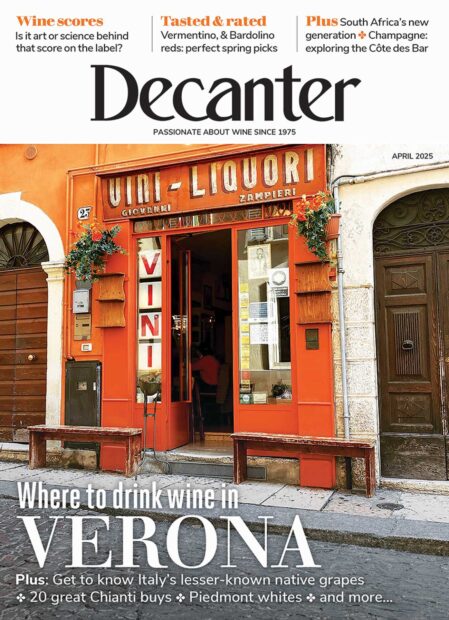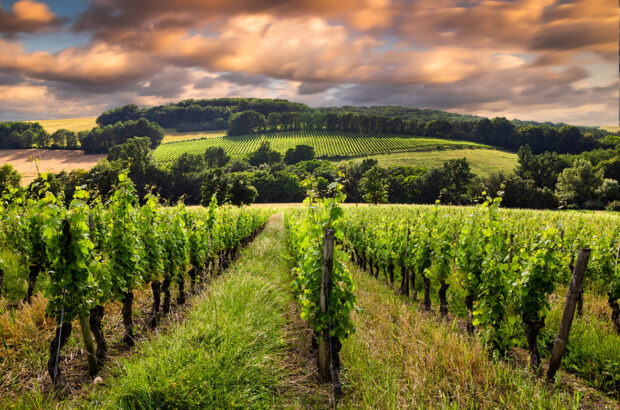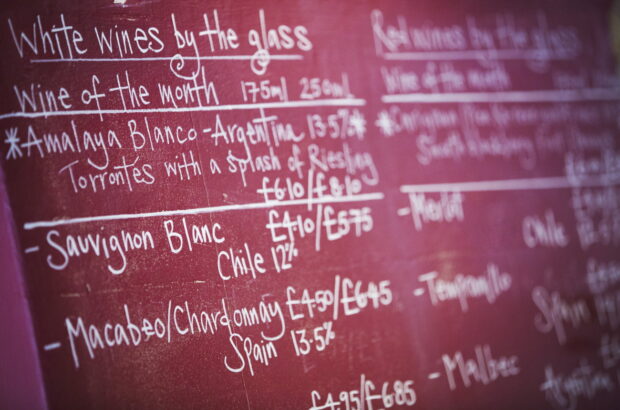See both sides of the debate as to whether official vintage charts bear any meaning for the modern-day wine consumer, as featured as the 'burning question' in the Decanter August 2014 issue...
Do official vintage charts tell you much about the wine in your glass? Or has new technology, combined with a heightened sense of regional variation and a dose of commercial realpolitik, rendered regional vintage ratings obsolete?
Gone are the days, it seems, when an entire vintage could be written off as barely drinkable or simply to be avoided, as some have described Bordeaux’s class of 1963, for instance.
Take a look at several of the many vintage charts produced by regional bodies, merchants – and critics – and it’s clear that quality variation has narrowed at the higher end of the scale for some of the best-known wine regions.
For example, on the recently updated chart for Rioja, one must the cast an eye back three decades to find a Rioja vintage that is officially classed by the region’s DOCa council as worse than ‘good’. The 1984 vintage was merely ‘satisfactory’, and only ‘average’ is worse than that.
Some argue this is the result of advances in technology, such as optical sorting machines, flash heating to remove fungus and ‘gravity’ systems in the cellar that treat the harvest with a ‘gentle hand’.
Will we never see a bad vintage again? ‘If you consider a bad vintage is like 1974, then the answer is no,’ said Nicolas Glumineau, manager of Château Pichon Longueville Comtesse de Lalande in Pauillac.
Even Bordeaux 2013, which many château owners have described as one of the most challenging of their careers, has still produced some desirable wines, according to Decanter’s Steven Spurrier. The trick is to work out which ones.
Relatedly, a common complaint about regional vintage charts is that they must generalise. This jars with the modern trend for ever-greater precision in winemakng, as producers seek better plot-byplot understanding of their vineyards. But does that mean vintage charts are of no use to wine drinkers and collectors?
Yes
‘Vintage charts are of little value these days,’ said David Gleave MW, managing director of UK importer Liberty Wines.
‘Viticulture has improved dramatically, which means not only that overall quality is higher than before, but also that the character of individual estates is now more marked and often results in much greater diversity within a zone. This move to the specific makes vintage charts, which are by their very nature general, of even less use.’
Dave Hohnen, founder of Cloudy Bay and Cape Mentelle wineries, agrees about advances in viticulture. ‘As a winemaker, I know there are a whole range of tools in the viticulture and winemaking cabinet that can help us make good wines in a difficult vintage,’ he said. ‘Speaking as a consumer, I have never consulted a vintage chart. My buying is based on advice from retail staff or from one of many sources in the print or online media.’
Oscar Tobía, founder of Bodegas Tobía in Rioja, added: ‘It’s a question of who’s making the wine.’
No
Will Har grove , head of fine wine at UK merchant Corney & Barrow, said that vintage charts still have their uses, even though they ‘over simplify’ out of necessity.
‘In general terms, we’re quite anti the idea of simplifying a wine down to a score,’ he said. ‘But I do think vintage charts give buyers an indication, and it’s good for people when you’re talking about a region that they don’t know that well.’
He added that it helps to split up regions to a degree. ‘For example, you should always distinguish between Right Bank and Left Bank in Bordeaux.’
A vintage chart could also offer a pointer on where to look for the best value deals in a particular year. During Bordeaux 2013 en primeur week, winemaker and consultant Denis Dubordieu told Decanter that there is still some truth to the old rule of ‘small vintage, buy grand cru; great vintage, buy small estates’.
When it comes to collecting fine wines, Michael Jessen, president of Wally’s auction house in New York, said that a top-rated vintage can captivate buyers for years. ‘A lot of Bordeaux buyers are interested in their favourite older vintages, such as 1959 or 1961.’
Written by Decanter







